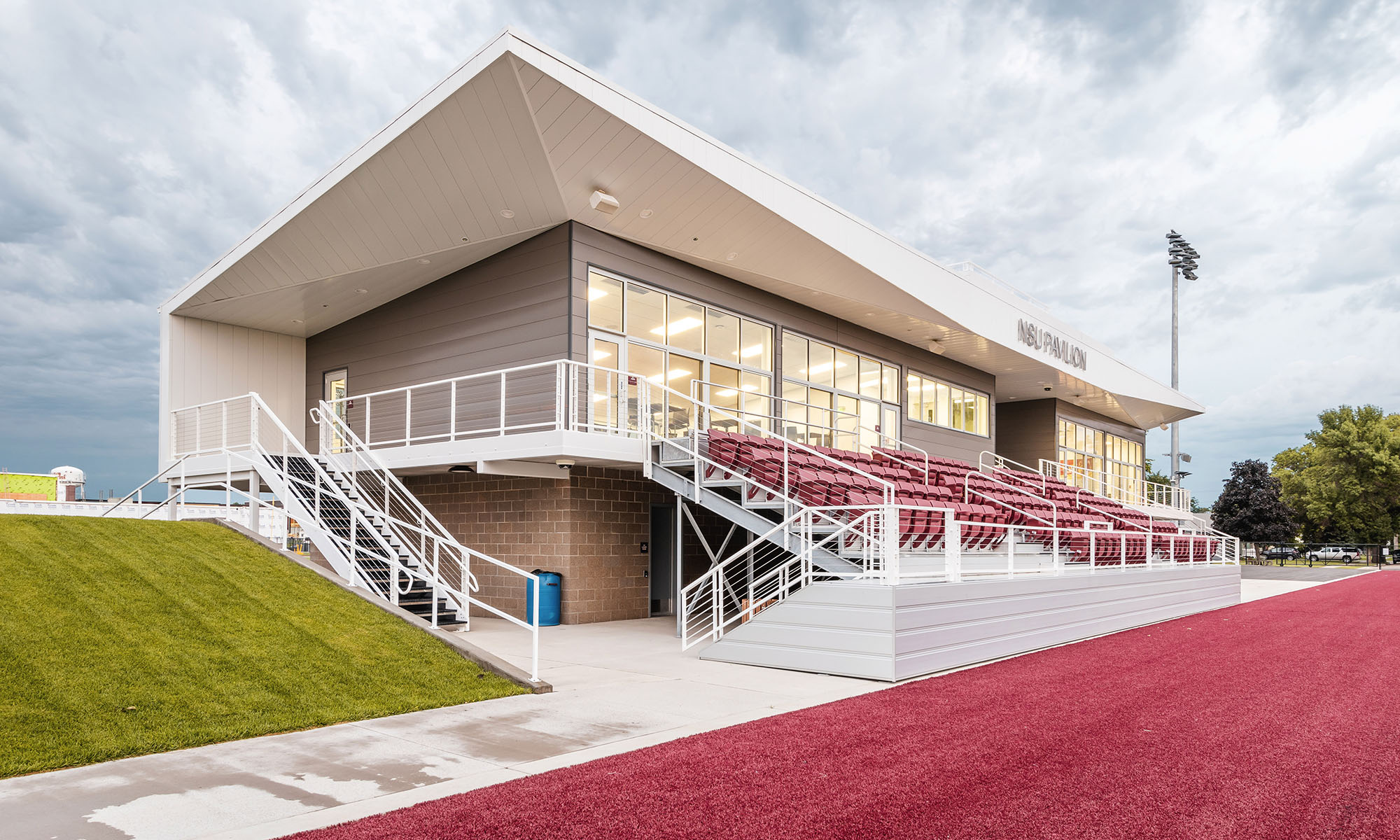One of the things that has informed my design process over the last decade is the skill of gesture drawing I take from my art degree. It has helped me move a project from conceptual design to detail without losing site of the “big-picture” and overall story behind a building’s formal genesis and larger impact. In this post, I’ll offer a few “lessons” learned from gesture drawing that hopefully can inform designers how to better approach their own work (or perhaps reinforce good habits they may already intuitively be practicing).
Gesture drawing is a process of figure drawing where the artist attempts to capture the essence and motion of a live model’s “pose” in a relatively short amount of time. It relies heavily on intuition and not thinking in too much detail, relying on what you “see” in front of you rather than what is on the “paper.” The final deliverable looks like something one may liken it to Frank Gehry’s sketches though I’d posit these are only mildly related to true gesture drawing.
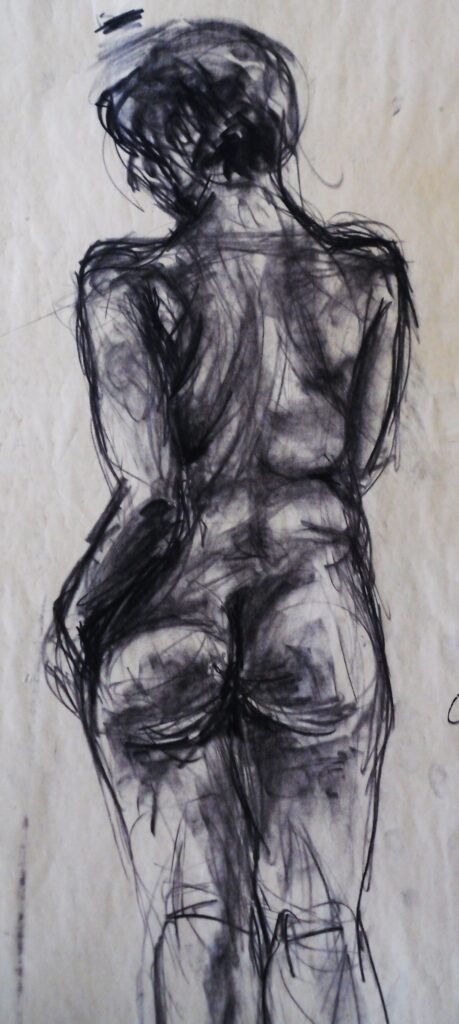
Intuition and Experience over Precision
Architecturally, this gesture drawing process can relate to an early massing design workflow where intuitive formal moves are more important than precision, and the paper space activated by the artist is replaced by the site plan. The larger blocks of building program are placed intuitively, attempting to capture the right proportion and relationship between them, similar to identifying key parts of the figure in gesture drawing, such as major bone or muscle groups. Then, in gesture drawing, smaller necessities are informed by sight, experience, and by a fuller understanding of anatomy. Similarly, in architectural planning, training and experience allow intuitive navigation of proportion, adjacency, formal relationships, site lines, climate conditions, site access, and solar angles, and the design can stay “loose.” One can even liken the ability of an artist to identify key anatomical features to an architect’s understanding of basic systems – the artist knowing how to place the muscles over the bones or knowing to look for the sacral triangle is like an experienced architect’s ability to roughly allow for building systems such as a certain size mechanical room or electrical closet at key locations necessary for a properly functioning building, or working within a reasonable “grid” for structural efficiency.
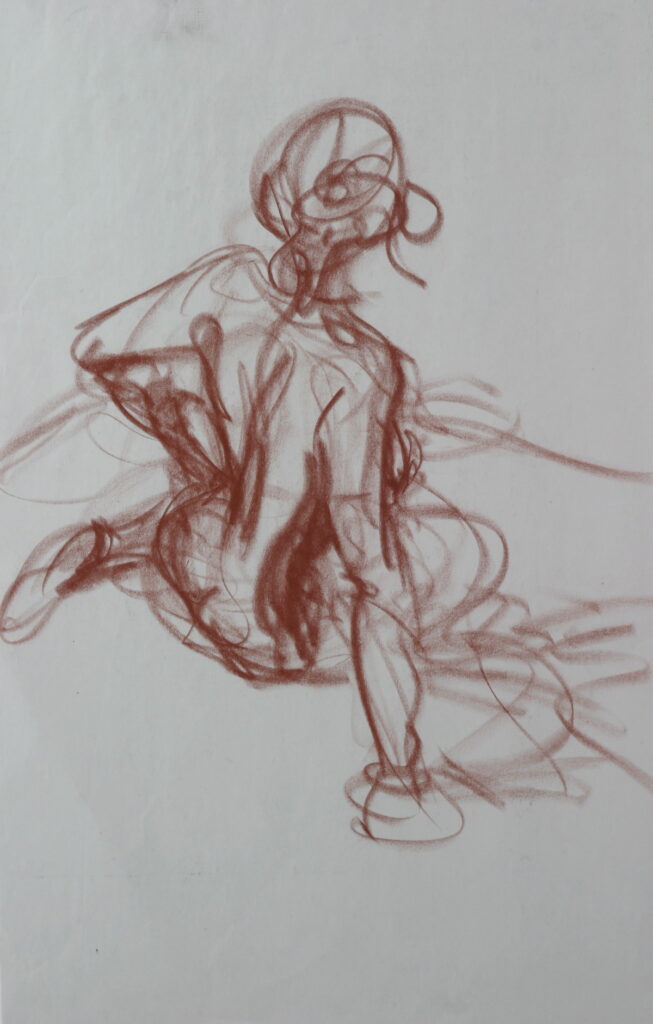
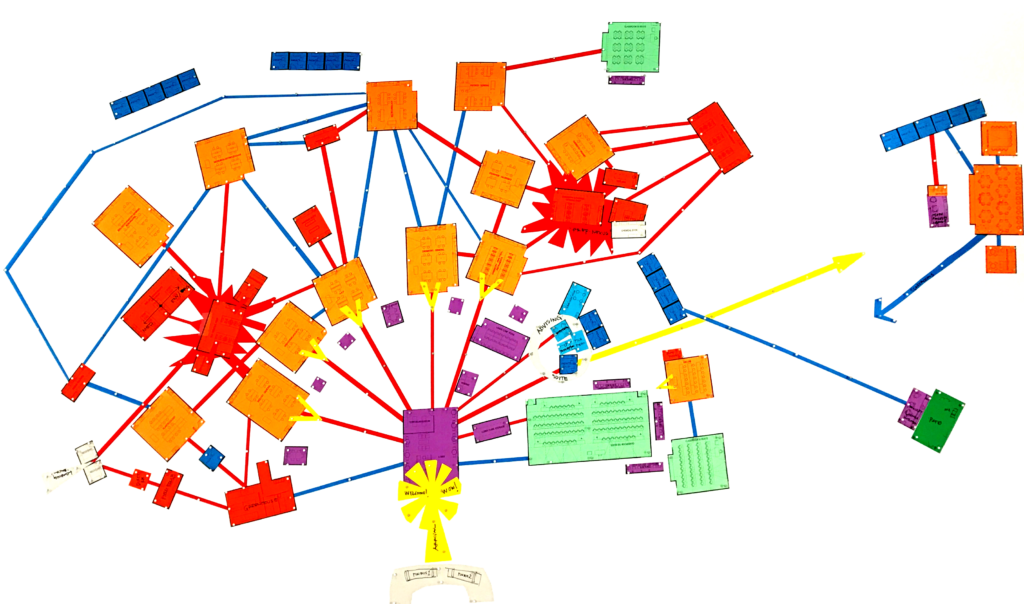
Efficient Iteration
Architecturally, this fluid process ideally promotes all parts of the massing to relate well to one another from the beginning of design (just as naturally occurs on the body), rather than having to adjust after the design becomes tediously detailed. From a figure drawing standpoint – if the artist details out the shoulder, but the arm is disproportionate and not developed enough for the artist to realize it is off, he or she ends up having to spend more time reworking both the arm and shoulder than if they would’ve caught the proportion issue early on. The same holds true with architectural design development, focusing on the details too early can cause major errors in the basics of layout and planning. Basic building blocks take more time to adjust the further a design progresses.
In classical figure drawing, one “warms up” with a series of fast quick gesture drawings before diving into a longer pose that may last an hour or even several sessions. While this is to activate and heighten the intuitive senses and hand eye coordination of the artist, it can also be likened to a necessarily intuitive design process. The emphasis is on intuition over precision. Intuition, in my opinion, leads to the most relatable design work that people recognize as good, because it is truthful and makes sense on an almost instinctual level. In gesture drawing, it also allows the artist to make mistakes early on, and try again, similar to the iterative process of design. When projects start, it is important to fail fast and fail hard, so that the right solution can be discovered that much sooner, and that it can be that much better.
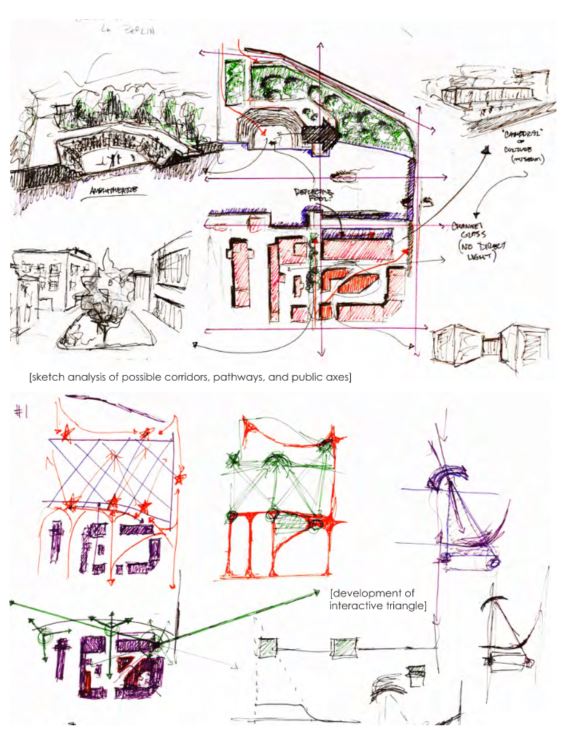
Equal Development
The goal of gesture drawing, no matter how much time you spend, is that the composition is equally “complete” or developed in all parts at any given moment in time. Once the artist is finally warmed up and ready for the model to assume the longer pose, the artist doesn’t simply abandon the gestural drawing style. They start with this still, lightly, capturing the major anchors of the figure, ensuring they have captured the key indicators that identify the pose. Only then can they start to go back to other areas and rework them. It is important that no one area of the drawing progress faster or fall behind other areas of the drawings, so that the overall composition remains clear and does not become imbalanced. An artist should be able to stop a drawing at any time and each area is equally developed – the foot is just as detailed as the hand. Similarly, this is important in building design so that intent is captured throughout the process, at various phases, and the overall goal of the building remains clear and consistent (especially to the client), even if not fully detailed.
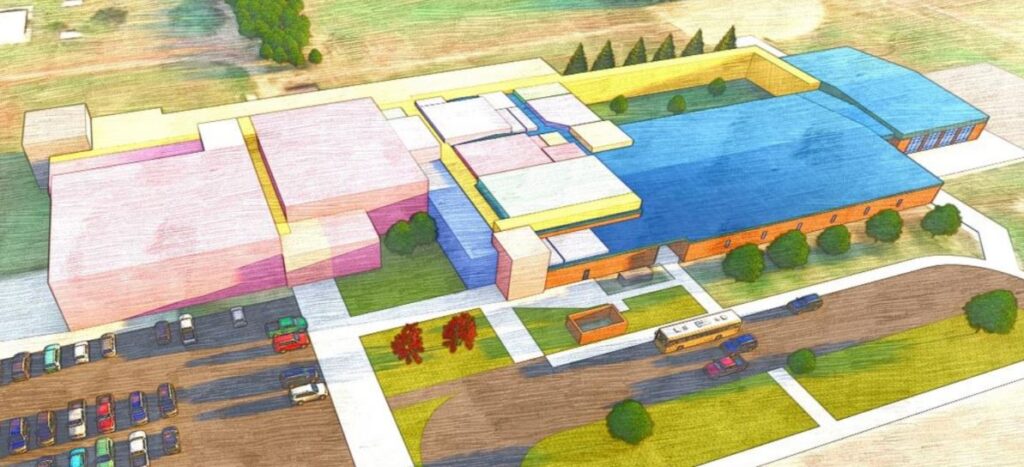
A Word on Hand Drawing
Finally, I’d like to discuss the word “intention.” Anyone who has worked with me in the last few years knows that I LOVE the word “intentional.” Bad design often comes from unintentional design moves or not fully though through decisions. Thus, I push for intentionality in every design action of my team members, be them engineers, project managers, drafters, and other design colleagues. At its very essence, hand drawing (and drafting) is a very intentional exercise – there is much to be said about the connection of physical mark making from the hand to the brain. One becomes very cognizant and intuitively thinks through every single mark made on a drawing or detail. However, in our digital age, a lot of the mark making is automated, which quickly allows for unintentional details and decisions being generated in many projects. Outside of the parallels between process, the act of hand drawing and gesture drawing can help to fire up those sense of intentionality, and hopefully they carry through to our design work.
I encourage you to go draw today, and if you haven’t before, try some gesture drawing. You can take a course at a local college or university, and several communities host “public” figure drawing sessions (in non-covid times that is). It can free up your formal thinking, make you a more intuitive designer, and frankly can help you see the world around you better.

Chase Kramer, AIA, is the Director of Design for TSP Inc. in Sioux Falls. He received his M.Arch from ISU where he focused on urban design and sustainability. Before that, he received a degree in Art from Augustana University. He lives in Sioux Falls with his wife and four children. Beyond Architecture, he is an AI early adopter, musician, art lover, and fan of cheese and beer.
